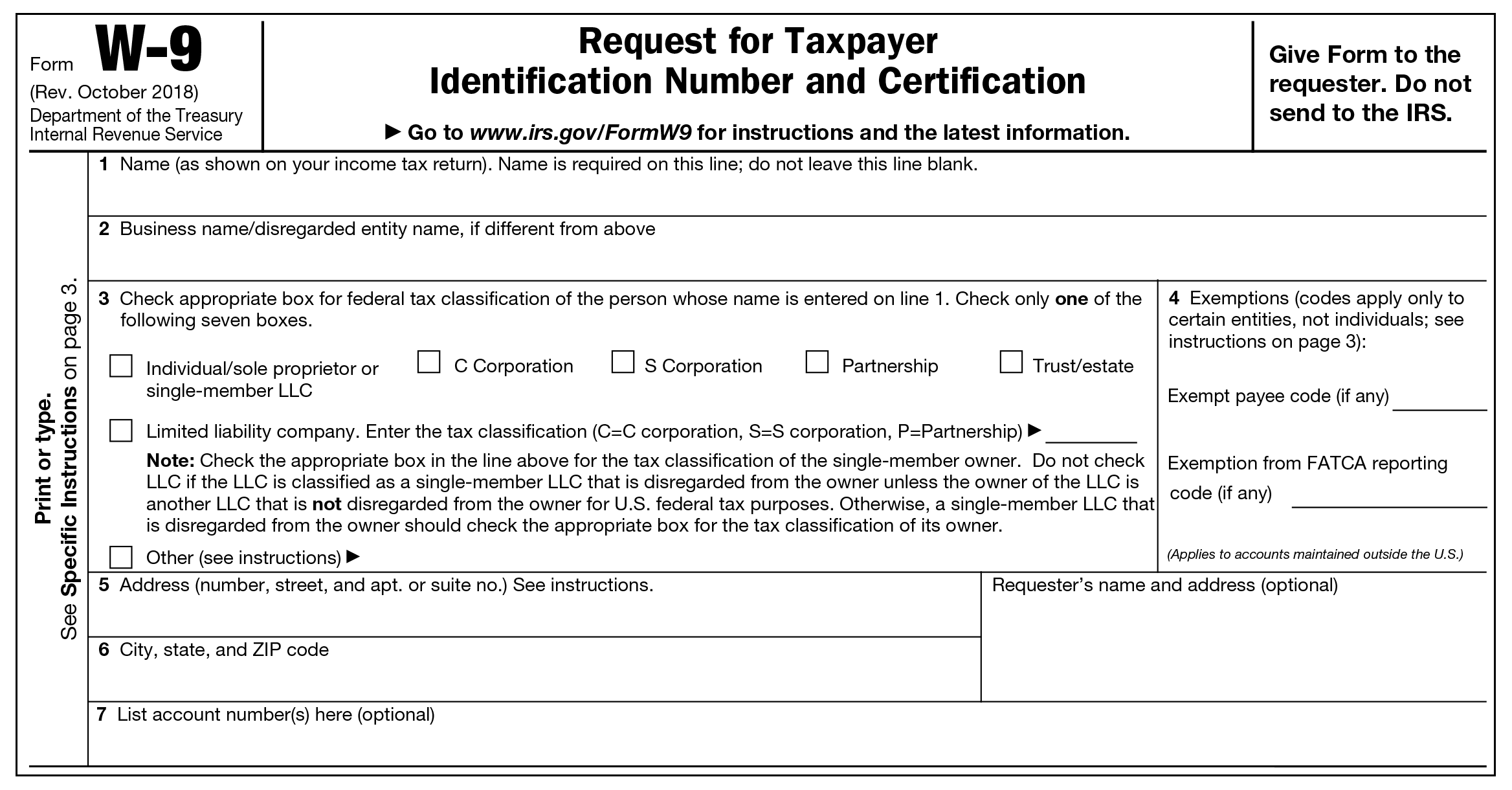
Save Yourself a Headache: How to Correctly Complete a W-9 Form
If you search “How to complete a W-9 form” in Google you’ll find 4,490,000,000 search results (apparently completing the W-9 form generates confusion for many people). This innocuous reporting form seems simple to complete, yet mistakes are frequently made when completing the form that can cause big headaches later.
So what exactly is the purpose of Form W-9?
A W-9 is an Internal Revenue Service (IRS) form that’s used to gather information about a contractor or vendor so that monies paid to the vendor can be reported at year-end via Form 1099. Freelancers and contractors should be familiar with completing W-9s, but sometimes a W-9 is needed for a purpose a little out of the ordinary. For example, if your business holds an event and you solicit sponsorship money from another company, they will likely ask you to complete a W-9 for their sponsorship payment. Or if you are a member of a McDonald’s advertising co-op, information from the W-9 forms is needed to prepare the related 1099 reporting for patronage dividends.
While the IRS provides instructions on how to complete a W-9, it can be confusing if you’ve never completed one. As accountants and payment processing professionals, we see a few common mistakes that are made when completing the W-9.
Here are a few tips to keep in mind when you’re completing the W-9:
- Use the most current IRS form. We see clients using forms with outdated federal tax classification options. The IRS website has electronic copies of the current Form W-9 and the accompanying instructions. The online form is also a fillable PDF, which you can complete and save for future use until a new form is released. You’ll save yourself time and your vendors will always have the most current form from you.
- Check the correct box on the tax classification section area. If you’re unsure about the business entity structure, consult with your tax advisor
- Add the business owner’s name to the form. Occasionally the person authorized to sign the W-9 form is someone other than the owner.

- Do not use your personal name and Social Security Number on the form. You should use the company’s Employer Identification Number (EIN), also known as the Federal Tax Identification Number, which is used to identify a business entity. For a sole proprietor, the IRS asks you to put the individual name on line 1 and the DBA on line 2. This is done in order to match the income to the filed income tax return. The IRS provides guidance on page 6 of the W-9 instructions for how to complete this section.

- If the business has multiple locations, add each location’s identifier (such as store number) next to the business name. You’ll save your accountant a big headache when it comes to organizing multiple W-9 forms for your business.
- Use your organization’s business mailing address on the form (not your personal home address).

- Only use secure email or your accountant’s client portal to send W-9 forms. You’re transmitting confidential financial and business data so be sure you’re protecting yourself by sending it using a secure tool.
- Also, remember to sign and date the W-9 form.
What’s the risk in not completing the W-9 correctly?
Noncompliance in completing W-9 forms upon request could result in having back-up withholding taken from payments owed to you. A good business practice is to ask for the W-9 to be completed before paying a new vendor so it’s in your best interest to complete the form correctly and return it promptly! It’s easier for everyone (and your accountant) to get the form completed correctly to avoid future problems. Your Mize Houser tax advisor can help you with any questions about the W-9 forms



